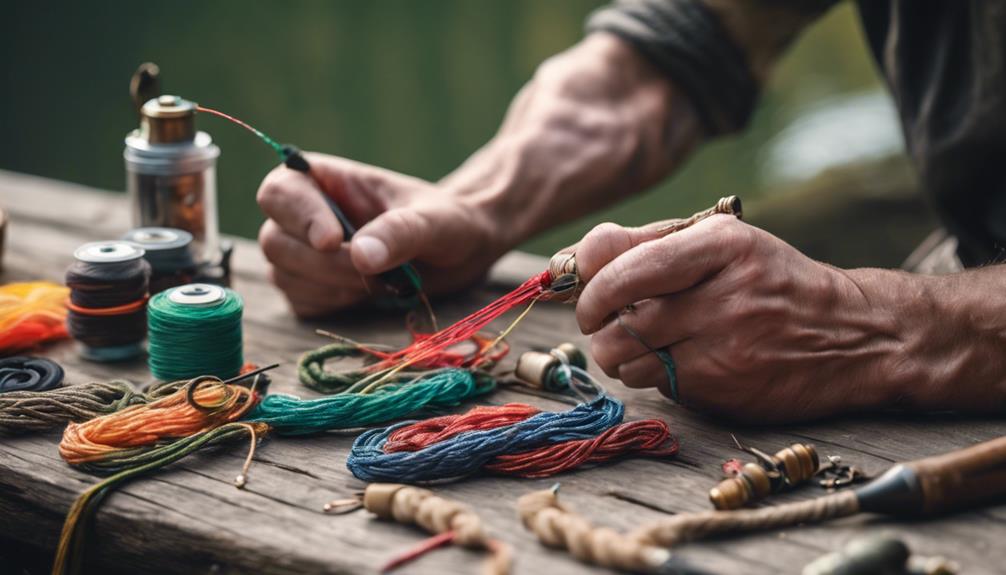Fishing is not just a leisurely pastime; it’s a way for many to connect with nature, unwind, and even bond with family and friends. However, before you grab your rod and reel and head to your favorite fishing spot, you must obtain a fishing licence. In this post, we’ll walk you through how to get a fishing licence, ensuring you are well-informed and ready for your next fishing adventure.
Understanding the Importance of a Fishing Licence
Obtaining a fishing licence is crucial for several reasons. First and foremost, it is a legal requirement in most regions. Fishing without a licence can lead to hefty fines and penalties. Moreover, fishing licences help regulate fish populations and promote sustainable practices. By obtaining a licence, you’re also contributing to conservation efforts that protect aquatic ecosystems. Understanding these aspects underscores why knowing how to get a fishing licence is essential for every angler.
Researching Fishing Licence Requirements by Location
The process of acquiring a fishing licence varies significantly depending on your location. In the United States, each state has its own regulations, fees, and types of licences available. For instance, some states offer resident and non-resident licences, while others may have specific permits for certain types of fishing, like saltwater or freshwater. To start, visit your state’s wildlife agency website or the equivalent authority in your country. This will provide you with the most accurate and up-to-date information on how to get a fishing licence in your area.
Types of Fishing Licences Available
When exploring how to get a fishing licence, it’s essential to understand the various types available. Common options include annual licences, short-term licences (often valid for a few days), and lifetime licences. Additionally, some regions may offer special licences for youth, seniors, or disabled individuals at reduced rates. Make sure to choose the licence that best suits your fishing habits and frequency. Understanding these options can save you both time and money.
Gathering Necessary Information and Documents
Before applying for your fishing licence, gather all necessary information and documents. Typically, you will need to provide identification, such as a driver’s license or another form of ID. Some jurisdictions may also require proof of residency or age, especially for discounted or youth licences. Being prepared with the right documentation streamlines the process and ensures you don’t face delays when learning how to get a fishing licence.
Choosing the Right Application Method
Once you’ve researched the requirements and gathered your documents, the next step in how to get a fishing licence is to choose your application method. Most states offer multiple options: online applications, in-person applications at designated agencies, or mail-in applications. The online method is often the most convenient, allowing you to apply from the comfort of your home. If you prefer a more personal touch, visiting a local agency can provide additional insights into local fishing regulations and opportunities.
Understanding Fees and Payment Methods
When applying for a fishing licence, it’s important to be aware of the associated fees. These costs can vary based on the type of licence, duration, and whether you are a resident or non-resident. Additionally, some states may charge extra for specific permits or stamps for certain species. Payment methods are generally flexible; most online applications accept credit cards, while in-person applications might allow for cash or checks. Make sure to check the payment options on the relevant website to avoid any surprises during the application process.
Staying Informed About Fishing Regulations and Updates
Once you obtain your fishing licence, your responsibilities as an angler don’t end there. It’s crucial to stay informed about local fishing regulations, which can change frequently. Regulations may include specific fishing seasons, size and bag limits, and restricted areas. Many state wildlife agencies provide newsletters, social media updates, and even mobile apps that keep anglers informed about changes. Staying educated not only helps you remain compliant but also enhances your fishing experience.
Renewing Your Fishing Licence: What You Need to Know
Fishing licences are not permanent; they usually have an expiration date. Knowing how to renew your fishing licence is just as important as understanding how to get one. Most states allow for easy online renewals, but it’s wise to start the process a few weeks before your licence expires to avoid any potential disruptions. Check for any changes in fees or regulations during the renewal process, as these can impact your fishing plans.
# Conclusion
In summary, knowing how to get a fishing licence is a fundamental step for any angler eager to enjoy their time on the water legally and responsibly. From understanding the importance of a licence to staying informed about regulations, being proactive can enhance your fishing experience. By following this comprehensive guide, you’ll be well on your way to securing your fishing licence and making the most of your fishing adventures. Remember, responsible fishing contributes to the sustainability of our aquatic resources, ensuring that future generations can enjoy this cherished pastime. Happy fishing!
